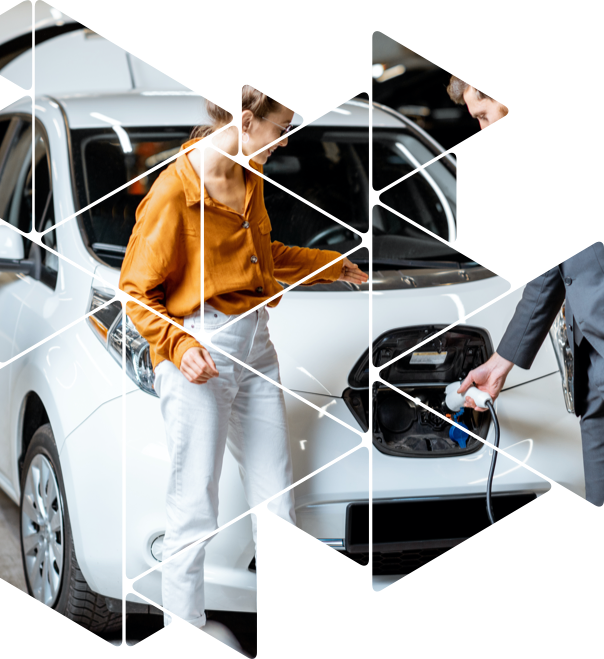Some call it "electrification." Others prefer "going electric" or "energy transition." Whatever term you choose, it is the most exciting transformation of our time: the shift away from fossil fuels—toward an electric-powered future.
Qmerit is at the forefront of the electrification movement. We're dedicated to making it easy for homeowners and small businesses to make the switch.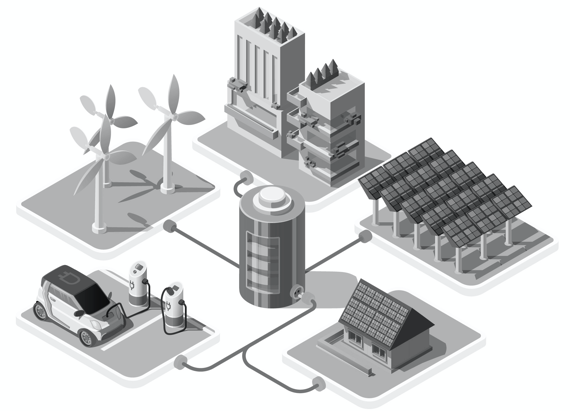
What does electrification look like?
In the past 15 years, homeowners have adopted rooftop solar panels in ever-growing numbers. That was the most common entry point for going electric until recently.
With EVs now entrenched in the mainstream, the journey will increasingly look something like this:
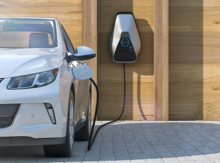 1
Electric Vehicles
Millions of drivers are embarking on the energy transition by switching from ICE powered cars. For an optimal experience, many purchase a dedicated home charge point allowing them to top up while they sleep.
1
Electric Vehicles
Millions of drivers are embarking on the energy transition by switching from ICE powered cars. For an optimal experience, many purchase a dedicated home charge point allowing them to top up while they sleep.
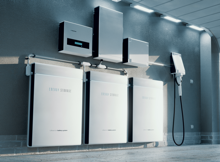 2
Energy Storage System
Many homes are now equipped with battery systems that store energy and supply electricity on demand. (During power outages, for example.) Sources of that energy may include the grid or EVs with bidirectional charging capabilities.
2
Energy Storage System
Many homes are now equipped with battery systems that store energy and supply electricity on demand. (During power outages, for example.) Sources of that energy may include the grid or EVs with bidirectional charging capabilities.
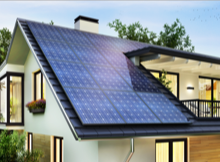 3
Solar Integration
Residential solar power systems typically send energy to the grid. But with proper integration, they can also charge home energy storage systems. It's another option for homeowners seeking to reduce their carbon footprint—and reliance on the grid.
3
Solar Integration
Residential solar power systems typically send energy to the grid. But with proper integration, they can also charge home energy storage systems. It's another option for homeowners seeking to reduce their carbon footprint—and reliance on the grid.
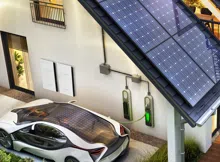 4
Microgrids
Have a renewable power source and energy storage system? Adding microgrid technology allows your home or community to operate independently from the grid for extended periods. These automated systems maximise sustainability and resiliency.
4
Microgrids
Have a renewable power source and energy storage system? Adding microgrid technology allows your home or community to operate independently from the grid for extended periods. These automated systems maximise sustainability and resiliency.
